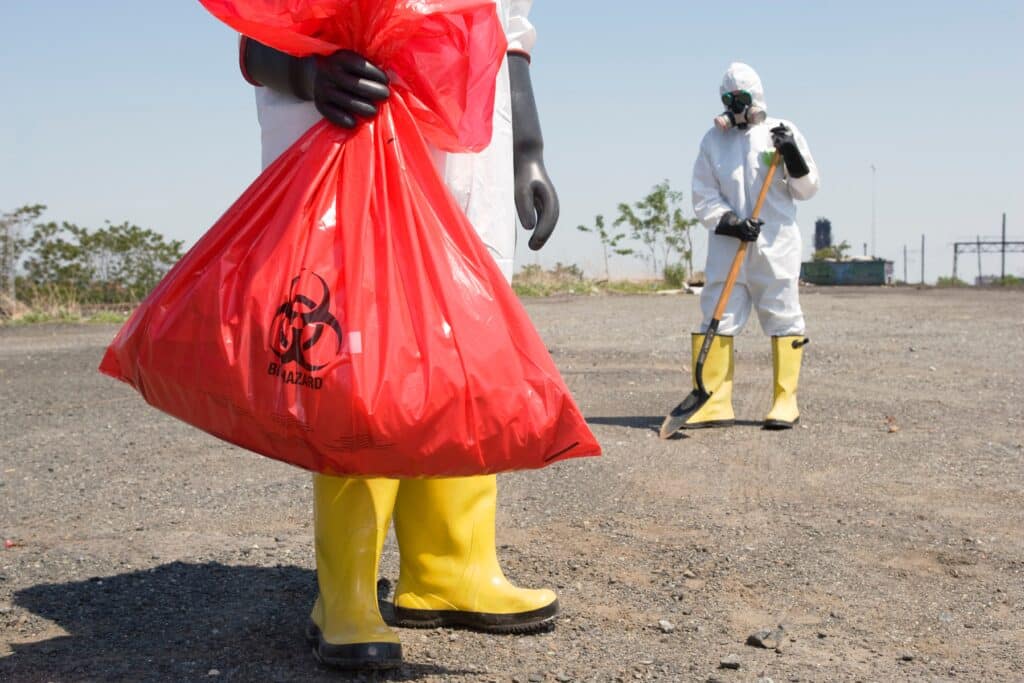How to Properly Use Biohazard Bags
Clinical laboratories, healthcare facilities, and pharmacy industries use biohazard bags to organize, pack, and dispose of hazardous and infectious waste. These biohazardous materials are sorted and placed into diverse types of bags, such as autoclave bags, along with red and yellow biohazard bags. Waste service providers will typically label the bags with the words “biohazardous waste” or with a biohazard symbol and “biohazard.” They must be disposable and preventive of moisture while having the strength to avoid tearing, ripping, or bursting under standard usage.
How to Use Red and Yellow Bags
Red Biohazard Bags: These bags collect anatomical waste, including human bodily fluids such as tissues, saliva, semen, organs, and body parts. Pathological and microbiological waste containing blood and other bodily fluids belong in these bags. Red biohazard bags store regulated medical waste regulated by the Department of Public Health (DPH). Clinical waste such as chemicals, alcohols, solvents, radioactive waste, pharmaceutical waste, lead, apparatus, tubing, food wrappers, and beverage containers should not be in red biohazard bags.
Yellow Biohazard Bags: These bags are more used for clinical waste such as chemicals, infectious clinical materials, and pharmaceutical medicines, specifically including dressings, swabs, tissues, aprons, soiled gloves, nappies, and pads. Yellow bags can also include IV lines and fluid bags used for pharmaceutical medicine, syringe bodies, and disposable metallic items. These bags should not contain pathological, anatomical, domestic, non-infectious, or placental waste.
Follow these tips for proper handling of red and yellow bags:
- Place the biohazard symbol onto the bags.
- Ensure proper sealing of the bags.
- Always wear gloves, an apron, a face mask, or eye protection when handling, changing, or moving the bags.
- Use it to line your medical waste container.
- Do not dispose of these bags in regular municipal or city waste bins. Licensed medical waste contractors are responsible for collecting such waste.
Healthcare providers and facilities generate medical and biohazardous waste daily. Due to numerous factors, facilities cannot dispose of this waste with regular garbage. Instead, waste disposal service workers place it into dedicated containers or bags specifically designed for medical/biohazardous waste. Unlike standard trash bags, these biohazard bags have a design that can contain potentially hazardous materials safely.
Are you looking for a provider to carry all the weight of your medical waste disposal? Request your free quote today, and we will prepare to take care of the rest!



